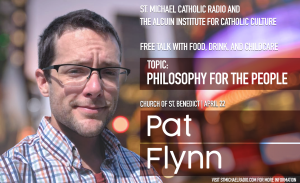Moral Disengagement and the Death Penalty
One of the overlooked aspects of the death penalty is what it does to those who inflict it. Combox executioners, who so easily thirst for the blood of others and whose overriding question is “When do we *get* to kill?” are, like warmongering chickenhawks and torture defenders, never the people who have to do the dirty work. That’s for little people to do. The Combox Death Eaters are the Big Picture Thinkers, the geniuses who are smarter than the Magisterium and who leave others to suffer the damages they rationalize.But, in fact, killing people does something to the killer. The killer has to break something in himself to find a way to morally disengage from the fact that he is taking a human life. And very similar breakage goes on whether the killer is an abortionist, a soldier, an executioner, or somebody administering euthanasia. Sometimes the killer may learn to *like* the damage killing does to himself (one thinks of a monster like Jack Kevorkian). Most times, the killing creates a kind of interior void where the victim has to be turned into something other than a person in order to kill–a “blob”, “the enemy”, “a life unworthy of being lived”, “a criminal”. But that distance is always a move in the opposite direction from the gospel which insists that the person about to be killed is the image and likeness of God and one for whom Christ died.This, ultimately is what governs the Church’s teaching, not only about the death penalty, but about all questions of life and death. It’s why the Church’s approach, even with guilty human life, is always “How can we preserve human life, even guilty human life, unless it is absolutely necessary to harm or kill?” I call this the “preferential option for life”. And

